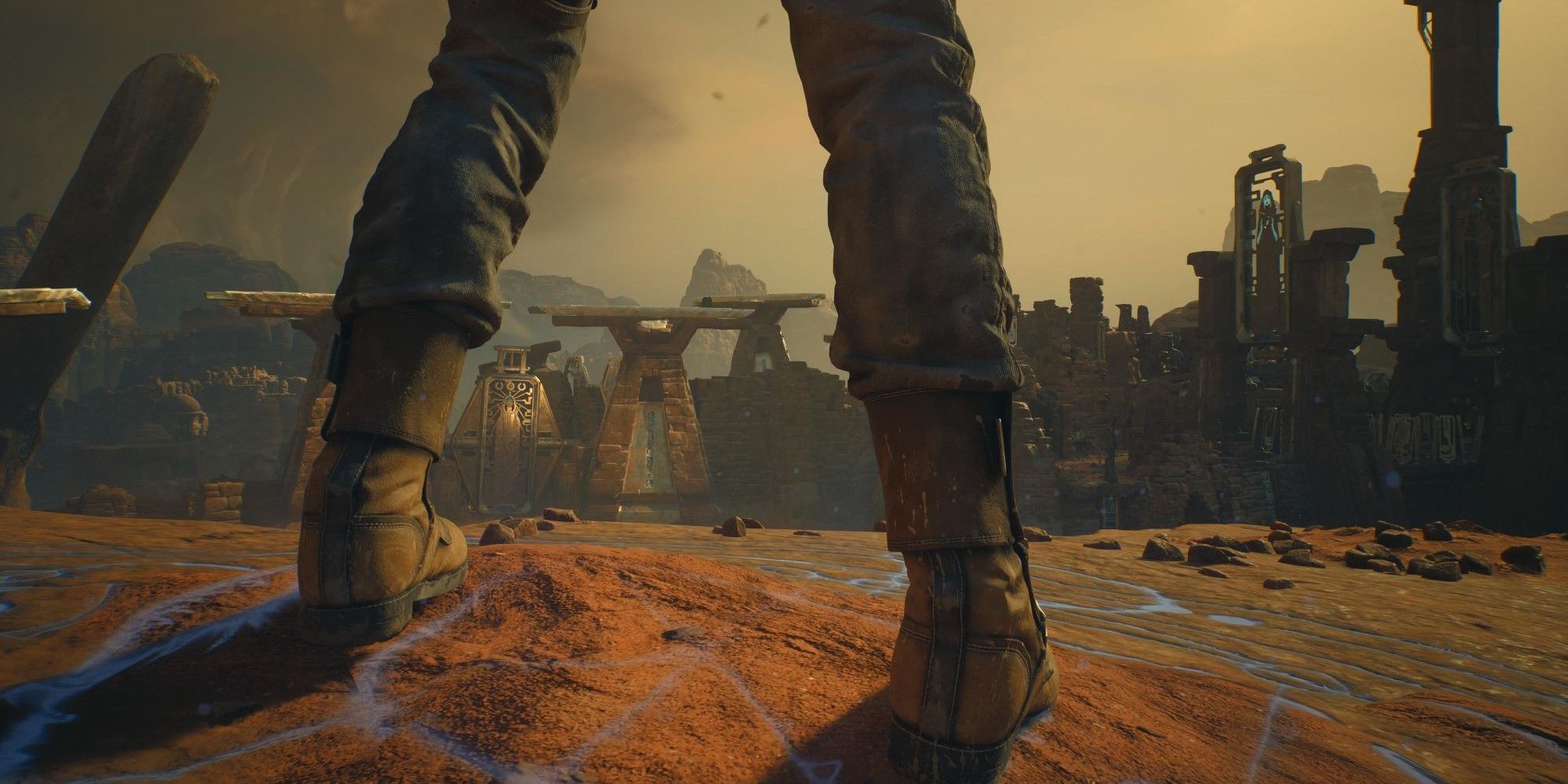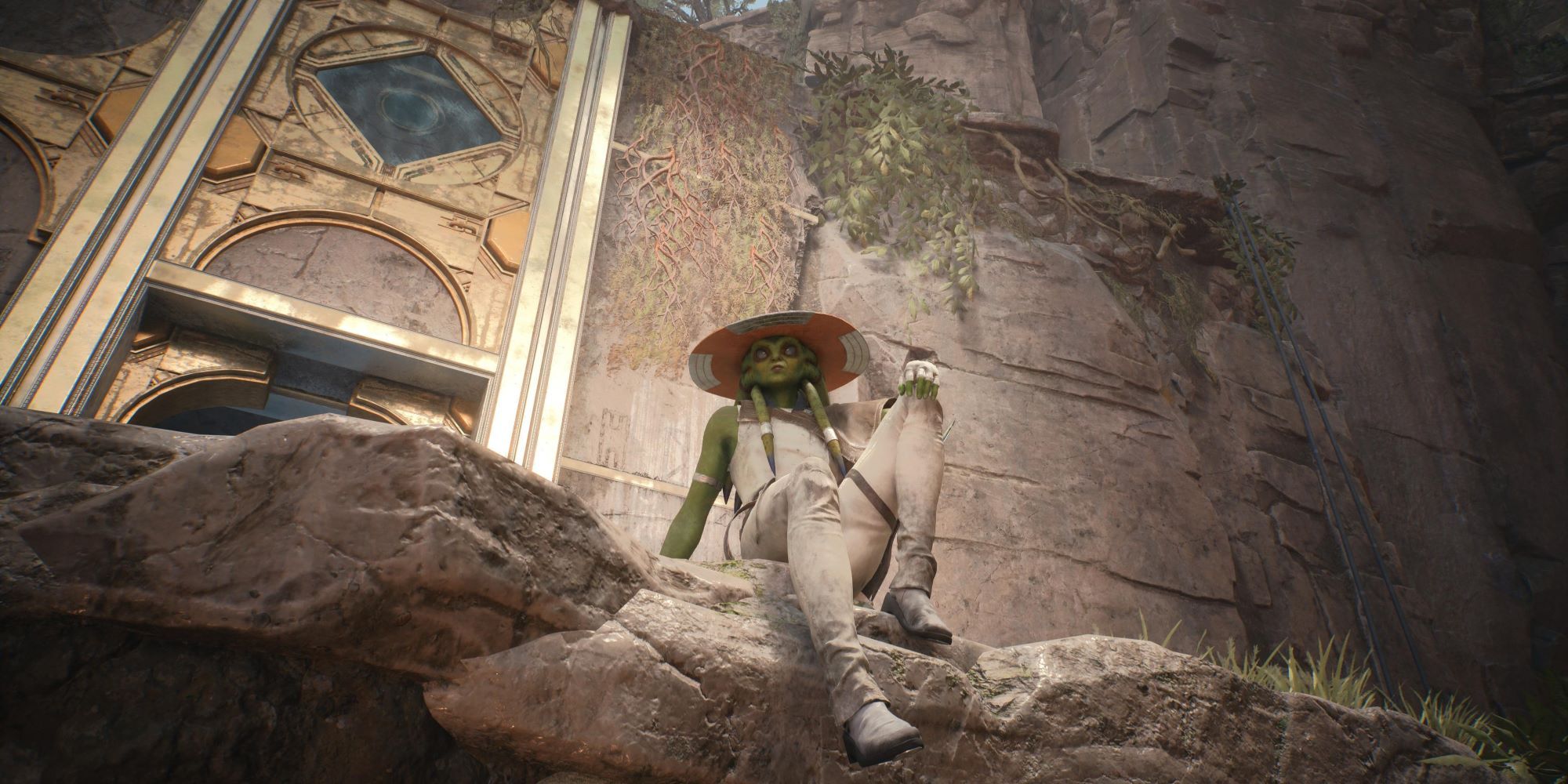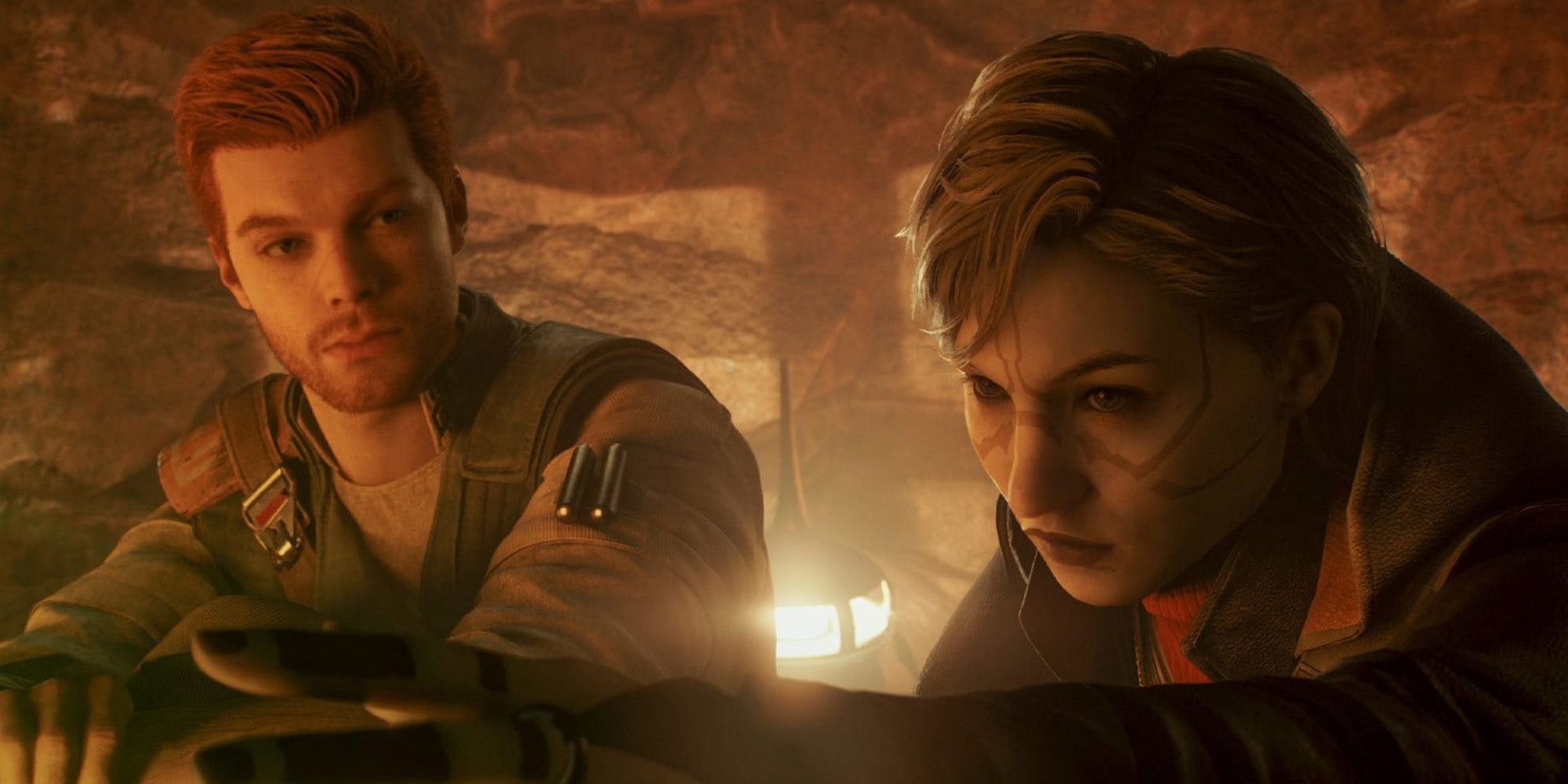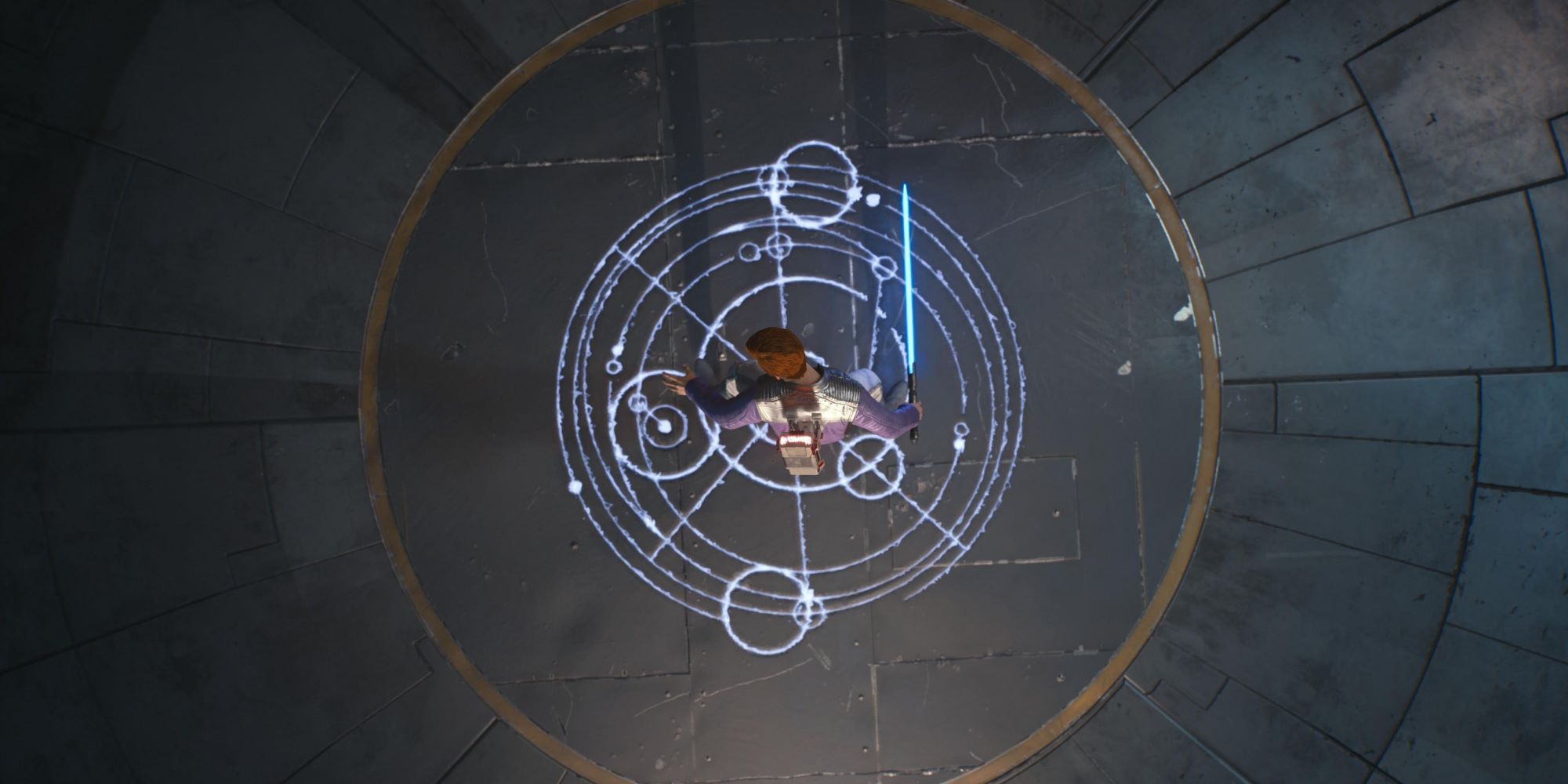As if open world games aren’t big enough already, most of them now have some kind of tabletop minigame wedged in for good measure. Sometimes, like with Red Dead Redemption, these are real card games that most players already know the rules for. In others, they are invented within the world. That’s the case with Star Wars Jedi: Survivor. I don’t think I like its tabletop game Holotactics all that much, yet I can’t stop playing it.
Done right, these games can be of major benefit to the overall universe. Gwent from The Witcher 3 was so popular it got its own spin-off. There have been calls for Horizon Forbidden West’s Machine Strike to get a physical edition, and for a lot of people, their love of Final Fantasy is tied up in minigames like Triple Triad and Tetra Master.
Even for devs, there’s an obvious benefit. These self-contained tabletop games are a chance for them to express themselves creatively, while giving ownership of an idea to someone lower down the food chain than the game’s overall director. For players, they can sometimes feel like busywork, but hey, it’s an open world game. Busywork is two thirds of the entire experience. Besides, they’re optional.
For some reason, Jedi: Survivor’s Holotactics doesn’t feel optional. I’m compelled to play it. I discovered the game by accident - while wandering Koboh, after hearing two people yelling for help. This was a far more active quest prompt than being told about something in a bar, so I investigated. Turns out, two bozos were researching deadly animals for their tabletop game, and got a crash course in the definition of ‘deadly’. You rescue them, and they invite you back to the saloon to play.
Holotactics itself is fairly simple. You get X amounts of points per round, and spend them to buy virtual soldiers. Weak B1 Droids cost just one point, while the acid-spitting Bilemaw will cost 14. The more enemies you fight as Cal across planets, the bigger your arsenal grows. On the board, it’s a simple case of winning each turn. You play various characters from across the story, like Greez, Merrin, and some newcomers, and beating them nets a small reward like a new jacket, some customisation colours, or some currency to spend at different shops (they all use different currency, and it’s very annoying).
The simplicity of the game means it fires those ‘just one more game’ turbines in your brain, and watching the battles play out is a satisfying experience, especially when you stumble onto a good combo of characters. The problem is the reality of the game makes no sense. It’s held back from being great in the same way Gwent or Machine Strike are because it is very obviously part of a video game, not the world itself.
Firstly, your opponent appears in hologram form, even though you play in the saloon where at least half of them are regulars. Why not just come upstairs, Greez? Secondly, despite winning items, you lose nothing. Thanks to the complex currency system which ensures there’s just enough in the game for players to clear out every shop, there’s no buy in. Thirdly, and most annoyingly, the game is rigged.
The difficulty of each opponent is staggered, so the hapless Turgle is a pushover at a difficulty rating of two, Greez puts up a challenge at three, then deeper into the game this number rises higher. But this isn’t really difficulty at all. The AI might be tougher, though I can’t say I’ve noticed. This actually refers to the amount of rounds. If you beat Greez twice, then lose the third round, Greez wins the game. But if you lose the first round to Greez, it stops there and Greez wins the game. You need to win every turn, which increases with difficulty.
It’s a system that only makes sense if Cal is the main character of this universe. Because it is so obviously part of the game not part of the world, it feels as though it exists exclusively for Cal. It’s not an organic part of the reality, so while I might head upstairs each time I go back to the saloon to see if there are new foes to fight, I’m never actually going to care that much because I don’t believe in this game. It’s just another piece of open world filler. It’s good, but it’s false. It’s a good metaphor for Star Wars Jedi: Survivor as a whole.




